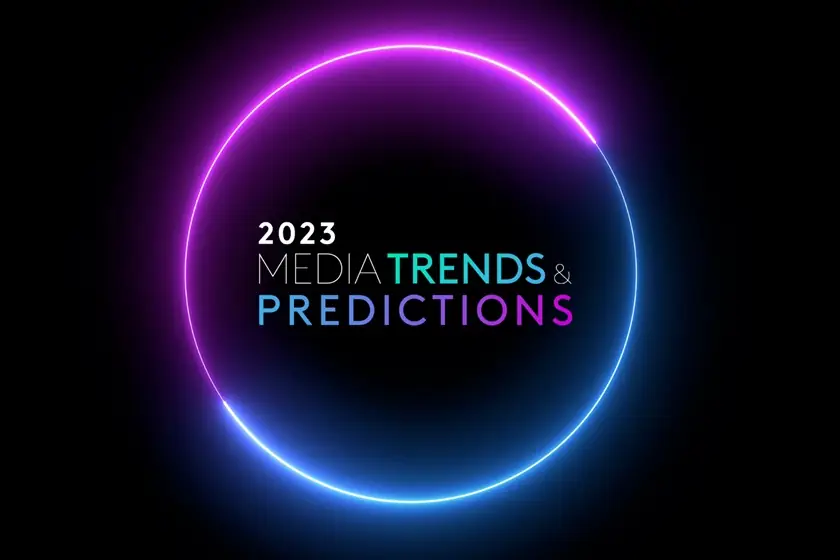By Ibidunni Banjoko
As part of an effort to prepare media owners ahead of the coming year, marketing experts have analysed the trends needed to follow to be ahead of their game in the New Year.
These were reviewed at the mediaReach OMD webinar held recently, with the theme: “Top Trends in 2023”.
Uchenna Uzo, Professor of Marketing and Academic Director, Africa Retail Academy, noted during his presentation that major events will happen offline and be captured via traditional channels, adding that digital media will play a chief role in driving the conversations during and after these activities.
According to him, “Information dissemination (content) will be highly decentralised with social media taking the power away from the traditional channels and complicating the fight against fake news, tighter regulations around media owners and Influencer marketing will become high risk.
“Investment in development of new platforms, especially on OOH, will be beneficial for brand use in post-election”.
Professor Uzo further revealed that media inflation in Nigeria is projected to rise by 25%-30%, driven by rising cost of operations.
“Data from previous economic downturns show a tendency for brands to adopt various approaches which will favour media that deliver the most ROI, including negotiations to hedge against inflation.
“Investments will follow the viable customers with disposable income which may mean fewer investments in markets with lower spend power. Competition will be stiff nationally as new channels spring up on traditional media. Syndicated platforms like cable and network will help drive cost effectiveness.
“Rather than drop off subscription channels completely, there will be staggered subscriptions tied to major content e.g. sport & entertainment (BBN). Media owners need to ensure they have a pipeline of content while others improve the quality of their content to meet the audience demand,” he said.
“Investments needed will be higher to get the reach and a frequency threshold which means there will be more money to fuel content creation. Digitalization of TV will stiffen competition among channels moving from local to regional or national,” he added.
On his part, Matt Angus Hammond, Regional Director, West Africa GeoPoll, stated that marketing to GenZ at scale will take new tech, channels and strategies.
“This tech savvy generation of consumers is used to being connected to the internet from an early age and so this must come into play in designing content to reach them. These highly creative audiences also present a vista of opportunity for content development if well engaged, their value of authenticity, trust and inclusivity explains why they respond well to user generated content and community building. They will trust traditional media but want to be involved and heard.
“Media owners need to begin to think across platform consumption opportunities to keep this highly mobile audience captive as connected TV penetration increases with access to smart TVs viewership will also increase online.
“This might impact subscription of cable TV but the share is likely going to be minimal and restricted to the urban sophisticated consumers. Content producers are winners with more avenues to monetize content and IP who will now move focus from offline to these new online platforms,” he said.
Mr. Hammond mentioned that actual viewers will multiply the subscriber base almost replicating the many readers per copy of newspapers. Media owners will need to raise the quantity and quality of their content to attract more consumers and drive high value.
“Competition for audience attention is changing. Competition for eyeballs is no longer the next channel but now other platforms. Consider building mechanisms for engagement in developing content for consumers e.g. creating a live voting element, live feedback from social etc. Provide options to incorporate digital channels into linear feeds. Research your audience to better engage second screeners.
“Media houses will constantly review their own channels and content to purposely create new formats or platforms and other solutions that can be used by advertisers. They would need to invest more in data and tech to improve audience targeting and engagements: drive performance measurements and compliance. Aggregating multiple channel touchpoints to advertise for more immersive connections,” he concluded.







Comment
No comments found.